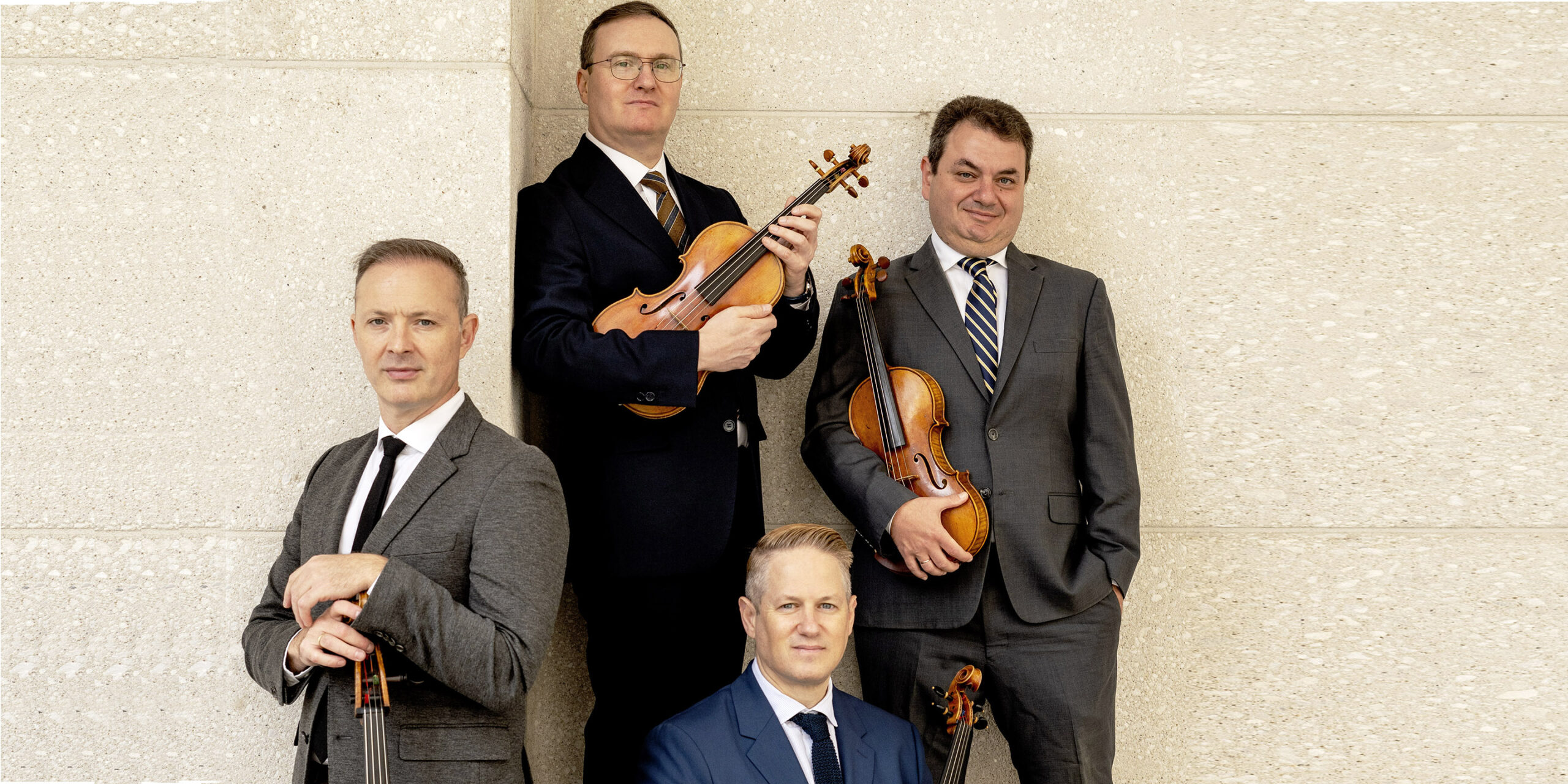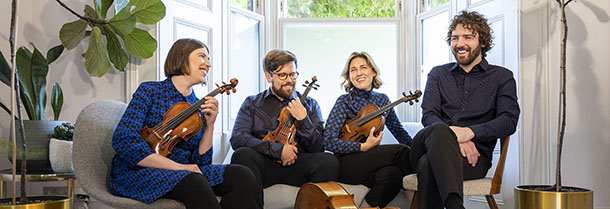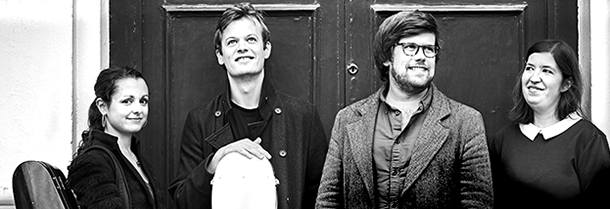Tag: Franz Joseph Haydn
-

-

PROGRAM NOTES: CASTALIAN STRING QUARTET
Franz Joseph Haydn String Quartet in D minor Op. 76 No. 2 (“Fifths”) Haydn is known as the father of the string quartet for his leading role in transforming the genre from its origins as light entertainment into a vehicle for serious composition, worthy of standing beside the instrumental sonata and the orchestral symphony. His…
-

PROGRAM NOTES: PAUL LEWIS
Franz Joseph Haydn Sonata in E minor Hob. XVI:34 It is unusual to encounter a sonata in a minor key from “Papa” Haydn, a composer best known for his chipper disposition. But his Sonata in E minor likely dates from the late 1770s, which could explain its turbulent mood. The 1770s was the decade of…
-

PROGRAM NOTES: PAUL LEWIS
Johannes Brahms 7 Fantasies Op. 116 If the word fantasy implies improvisation and free association of thoughts, then the collection of three capricci and four intermezzi that Brahms published under the title Fantasien in 1892 are misnamed, as they are among the most densely expressive and tightly crafted miniatures to come from his pen. Some…
-

PROGRAM NOTES: CASTALIAN STRING QUARTET
Franz Joseph Haydn String Quartet in D, Op. 76 No. 5 Having recently returned from his hugely successful visits to England and been liberated from financial woes, Haydn composed a set of six String Quartets, Op. 76 which were commissioned by Hungarian Count, Joseph Erdödy in 1797. Deviating from more traditional forms and establishing a…
-

PROGRAM NOTES: PAUL LEWIS
Ludwig van Beethoven 11 Bagatelles Op. 119 Beethoven’s Op. 119 is a catch-all collection of pieces written without any preconceived formal plan for the enjoyment of amateur piano enthusiasts. The last five were published first as a contribution to a pedagogical publication called the Wiener Piano-Forte Schule (1821), with the first six added to that…
-

PROGRAM NOTES: PAUL LEWIS (CONCERT 1)
Franz Joseph Haydn Sonata in C major Hob. XV1:50 Haydn’s last three piano sonatas, Nos. 60 to 62 (Hob. XVI: 50-52), were written during the composer’s second trip to London in 1794-1795. All three were composed with a specific dedicatee in mind: the female keyboard virtuoso, Therese Jansen Bartolozzi (1770-1843), a student of Clementi that…
-

PROGRAM NOTES: GEORGE LI
Franz Joseph Haydn Sonata in B minor Hob. XVI:32 It is not often that you catch the congenial, ever-chipper Haydn writing in a minor key. But minor keys were all the rage in the 1770s, the age of Sturm und Drang (storm and stress), an age when composers such as C. P. E. Bach sought to…
-

PROGRAM NOTES: THE VERONA QUARTET
Franz Joseph Haydn Quartet in B at major Op. 50 No. 1 The art music of Western Europe underwent a period of transition in the mid- 18th century as the thickly embroiled scores of the Baroque, with their long spun-out melodic lines and constant harmonic churn, gradually yielded to the clearer textures, symmetrical phrases and slower…
-

PROGRAM NOTES: JEREMY DENK
Johann Sebastian Bach English Suite No. 3 in G Minor, BWV 808 Bach’s keyboard suites are a remarkable amalgam of the florid keyboard idiom of the French, the lyrical gift for vocal melody of the Italians, and the sober contrapuntal rigour of his fellow Germans. The suites which posthumously (and illogically) came to be labelled…

